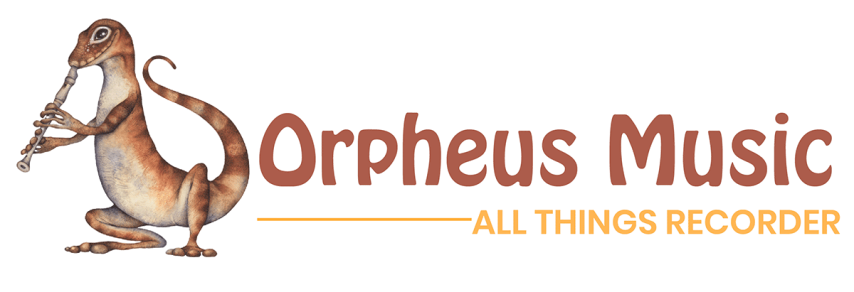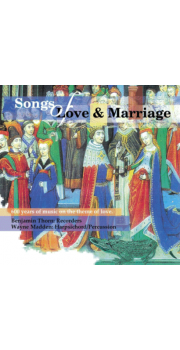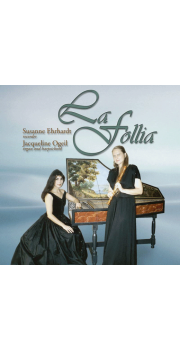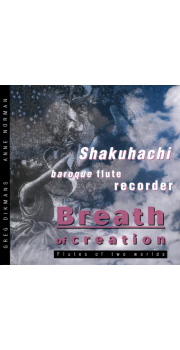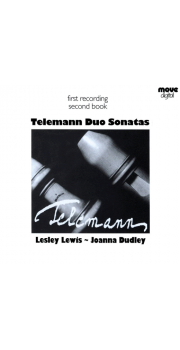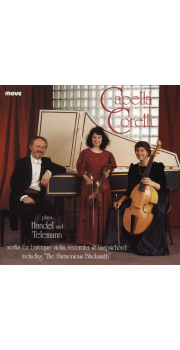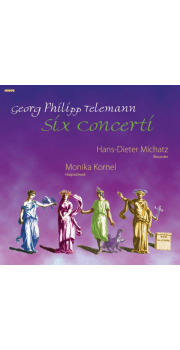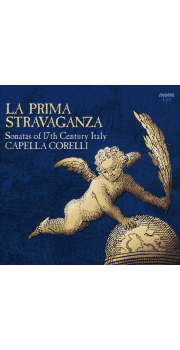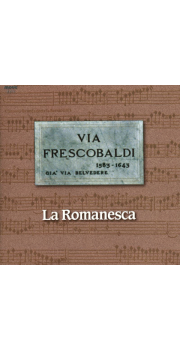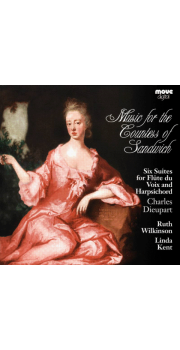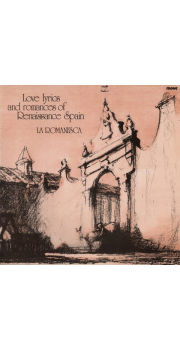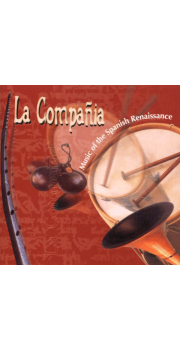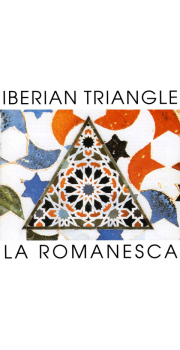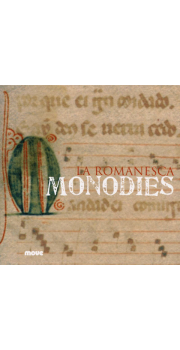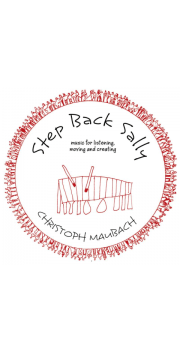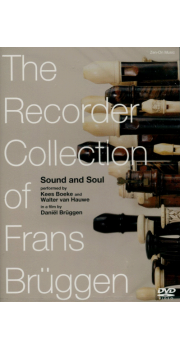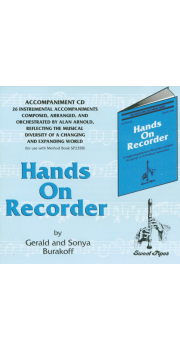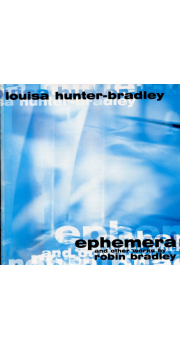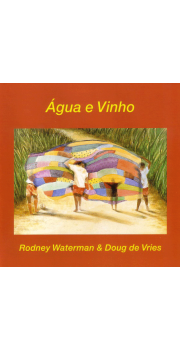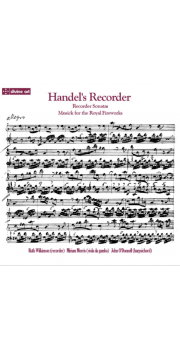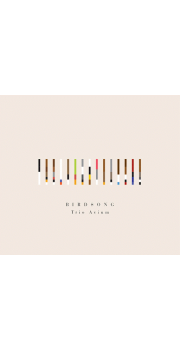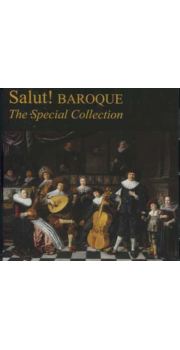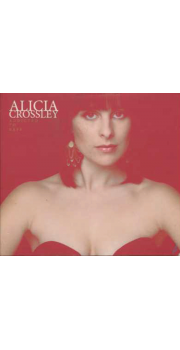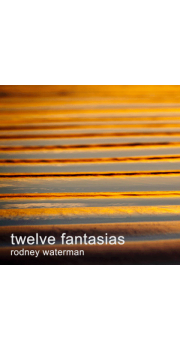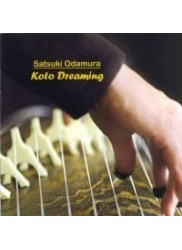No products
Prices are tax included
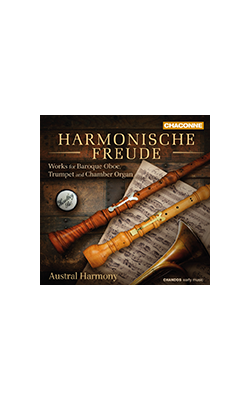 View larger
View larger Harmonische Freude
CHAN0809
New product
Harmonische Freude features chamber music by Johann Sebastian Bach and his extended circle, played on historical instruments by Austral Harmony, an ensemble of Australian musicians who specialise in music of the 18th century
More info
The group fosters a particular interest in the works of Johann Sebastian Bach, and presents innovatively designed programmes promoting less familiar repertoire.
Using the sustained tone of a small pipe organ alongside baroque oboe and trumpet, the musicians create an impression of intimacy and a pleasing variety of sonority. Inspiration comes from Georg Friedrich Kauffmann’s concept of having an oboist imitate an organ stop by playing from the organ loft. Bach employed Lutheran chorales exhaustively throughout his choral and organ works; his pupils Krebs and Homilius composed chorale adaptations which included oboe and trumpet in a solo role. Four different trumpets and an oboe d’amore lend expressivity to the various hymn tunes which are a focal point of the disc. The musical idiom of other associates and pupils of Bach reflects the progressive and predominantly melodic galant style which ushered in the musical ideals of the Classical era.
AUSTRAL HARMONY
Artists: Jane Downer (baroque oboe), Simon Desbrusais (natural trumpet), Peter Hagen (chamber Organ).
This disc brings together an unlikely but convincing combination of instruments in a trio consisting of the organ, baroque oboe and baroque trumpet. The reasoning that Austral Harmony gives for this is rather interesting. A contemporary of Bach’s named Georg Friedrich Kauffmann apparently suggested in some of his chorale preludes that an oboe or “other agreeable instrument” (trumpet, in this case) could play alongside the organ so as to give the impression that an organ stop was being used. I rather like his amiably cheerful descriptions of his own pieces given in the liner notes: “the oboes have been used in such a way here, which should be announced as good news”.
Good news indeed for fans of Baroque wind and brass! What you get is a recital focusing on the oboe and organ (with appearances from trumpeter Simon Desbruslais on a respectable six tracks) with music from JS Bach and his contemporaries. There’s actually significantly more by the “other” composers than there is by Bach, but they’re in a similar style, so if you like Bach, you’ll like the other composers here, too. I particularly enjoyed the Sonata o Oboe Solo col Basso by the magnificently named Gottfried August Homilius, where Jane Downer’s oboe is shown off best. There are some slight tuning problems in a few tracks from both Downer and Desbruslais, but this is easily forgivable in a fine recital of rarely-played music for an unusual combination, something which I wholeheartedly support.
- See more at: http://www.limelightmagazine.com.au/content/harmonische-freude-austral-harmony#sthash.PFkiHqyI.dpuf
Austral Harmony – a trio of two Australians and a Brit – invite listeners to experience a carefully imagined, rather enchanting soundscape of mid-18th-century Lutheran Leipzig. Two themes inform this recording: the joyfulness of the chorale texts, and the genius and influence of JS Bach. We’re treated to four settings of Jesu, meine Freude by Bach and one of his star pupils, Johann Ludwig Krebs, as well as a newly discovered Sonata for oboe and continuo by another pupil, Gottfried August Homilius. Homilius’s pupil Christian Gotthilf Tag makes a cameo appearance with a chorale prelude for oboe and organ, and Georg Friedrich Kauffmann, Bach’s competitor for the Leipzig Kapellmeister post, enjoys the last word.
Why then is the recording ‘carefully imagined’? Many of the tracks were arranged by Peter Hagen, who took his cues from period practices, substituting an oboe in the top line of the organ part in a number of works originally either for organ alone (the Bach organ trio) or with one obbligato instrument (that in the chorale preludes took the tune), which here is allocated to a trumpet. Jane Downer playing in turn two oboes and Simon Desbruslais four trumpets further enrich the soundscape.
Kauffmann was the first to suggest substituting an oboe on the top line in his organ preludes (Harmonische Seelenlust, 1733 36); Krebs specifically composed for organ and one obbligato instrument (oboe, trumpet or trombone). By involving both oboe and trumpet in works originally for two instruments, Austral Harmony have in effect created a new, niche chamber repertoire, an extremely attractive one at that. Some instruments work better together than others and the oboe occasionally overpowers the organ. Nevertheless, beautifully, joyously performed, this is a thought-provoking disc I look forward to revisiting and sharing with friends.
Julie Anne Sadie
- See more at: https://www.gramophone.co.uk/review/harmonische-freude
30 other products in the same category:
Reference: MD3219
Brand: Move
Songs of Love and Marriage
Benjamin Thorn and Wayne Madden present a journey through 600 years of music...
In StockReference: MD3163
Brand: Move
Breath of Creation
Flutes of two worlds. Performing on shakuhachi, baroque flute and recorder,...
In StockReference: MD3140
Brand: Move
Telemann Duo Sonatas
This is the first-ever recording of the second book of Telemann's 'Six Duo...
In StockReference: MD3126
Brand: Move
Capella Corelli Plays Handel and Telemann
Capella Corelli has long been one of Australia's foremost baroque chamber...
In StockReference: MCD576
Brand: Move
Six Concerti
Hans-Dieter Michatz (recorder) and Monika Kornel (harpsichord) perform...
In StockReference: MCD561
Brand: Move
Duo Blockstix Works for Percussion and Recorder
Duo Blockstix is a unique and vibrant Australian ensemble featuring recorder...
In StockReference: MD3208
Brand: Move
La Prima Stravaganza
CD Recording: Sonatas of 17th century Italy performed by Capella Corelli. A...
In StockReference: MD3206
Brand: Move
Via Frescobaldi
17th century Italian composer Girolamo Frescobaldi was conservative in style...
In StockReference: MD3161
Brand: Move
Music for the Countess of Sandwich
CD Recording: First release of the complete suites for Flûte du Voix by...
In StockReference: MD3034
Brand: Move
Love lyrics and romances of Renaissance Spain
CD Recording: This is the first recording by early music group La Romanesca....
In StockReference: MD3225
Brand: Move
Music of the Spanish Renaissance
CD Recording: If you liked the period music used in the multi award-winning...
In StockReference: MD3114
Brand: Move
Iberian Triangle
La Romanesca presents a portrait of the musical diversity of Spanish song in...
In StockReference: MCD095
Brand: Move
Step back Sally
Traditional folk songs arranged for percussion, piano, recorder, guitar,...
In StockReference: 985253
Brand: Zen-on
The Recorder Collection of Frans Bruggen DVD
DVD: The Recorder Collection of Frans Bruggen - Sound and Soul, performed by...
In StockReference: SG0801
Iso Bue
This is a double CD of Ros Bandt's evocative music and intoxicating sound...
In StockReference: SP2358CD
Hands on Recorder CD Sweet Pipes
Accompaniment CD 26 Instrumental accompaniments for use with Method Book...
In StockReference: TMS001
Ephemera
Louisa Hunter-Bradley is a leading performer of Australian contemporary music...
In StockReference: CARMO/14
Água E Vinho
ECM recording artist and Carmo Records founder Egberto Gismonti was...
In StockReference: DDA25124
Handel’s Recorder
This recording of recorder sonatas by Handel and an 18th c. transcription of...
In StockReference: HP002
Bird Song Trio Avium
Birdsong has inspired composers from medieval times to the present day. Led...
Out of stockReference: SAL010E
Salut! Baroque: The Special Collection
Salut! Baroque is one of Australia's most dynamic early music ensembles,...
In StockReference: ACR01
Alicia Crossley: Addicted to Bass
Alicia Crossley is one of Australia’s leading recorder players. She performs...
In StockReference: RW001
Twelve Fantasias for Solo Recorder
Rodney Waterman is a performer, teacher and composer who specialises in the...
In StockReference: OM701
Brand: Orpheus Music
Koto Dreaming
Audio CD by Satsuki Odamura
$25.00 -30%In Stock
